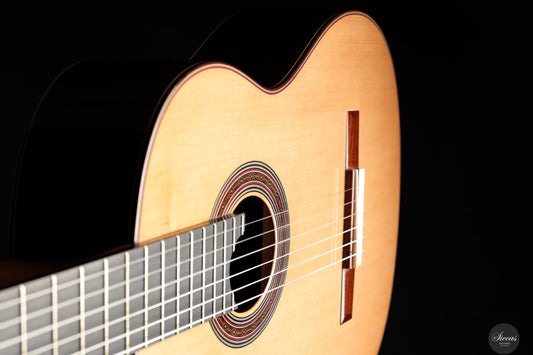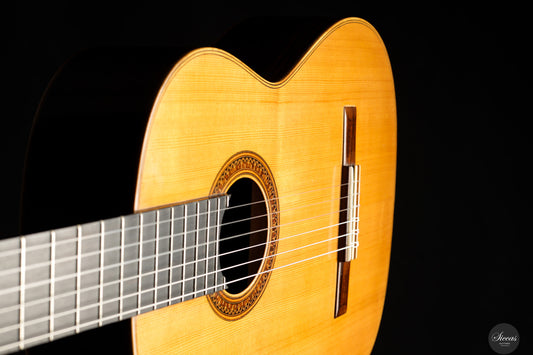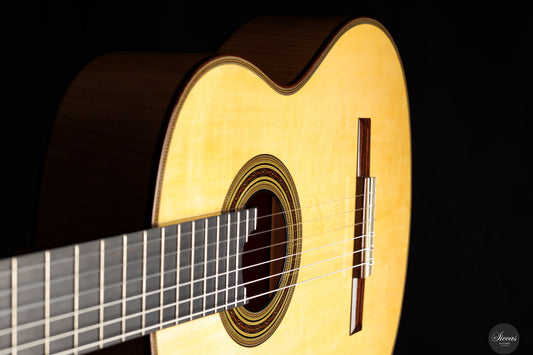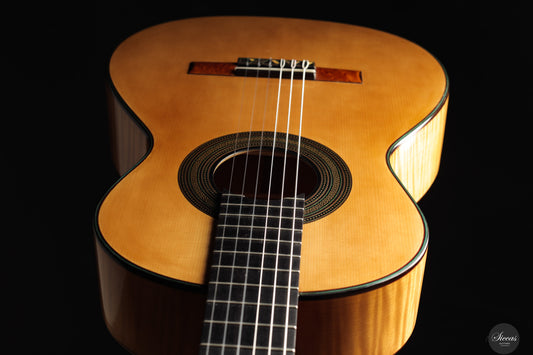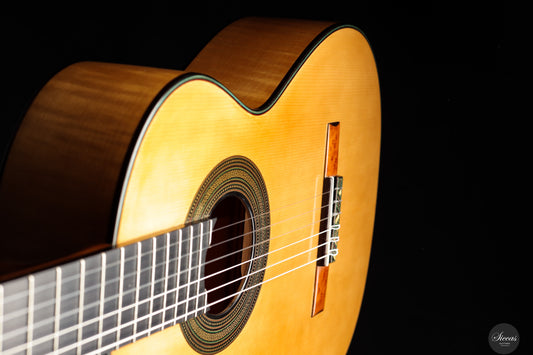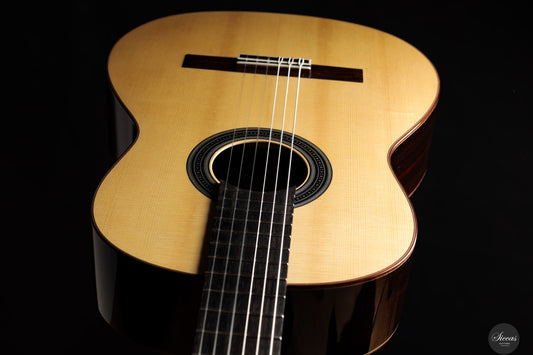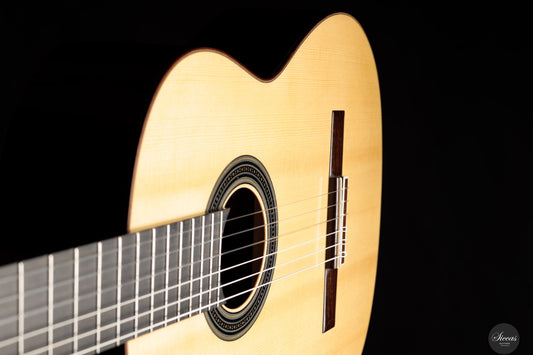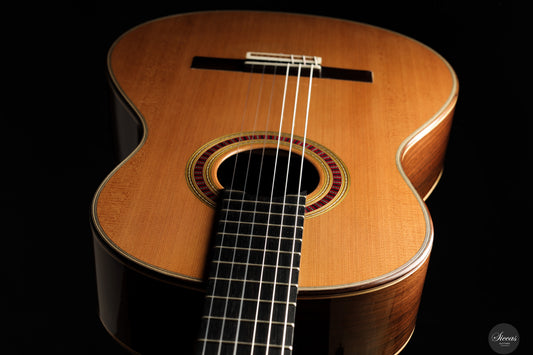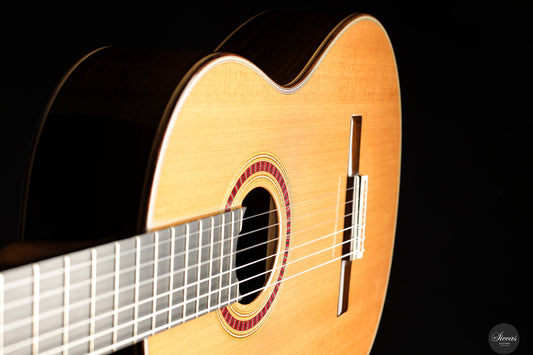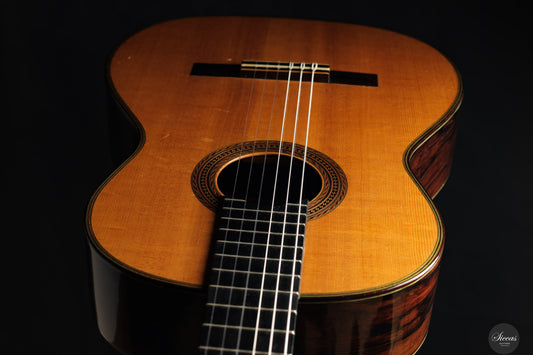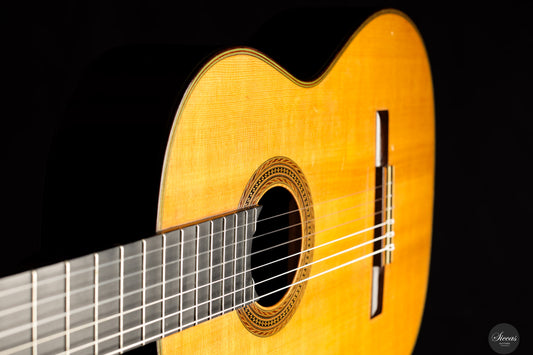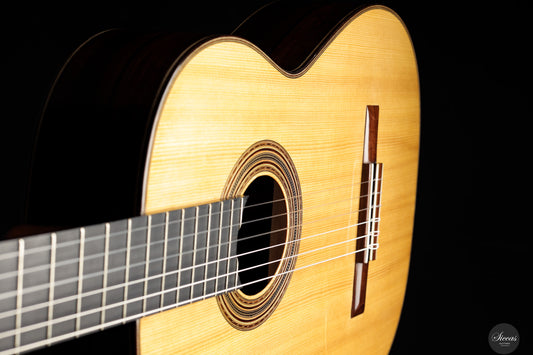
Classical Guitar Nail Care Tips: Alexandra Whittingham’s Guide – Part 3
Nail care plays a crucial role in the quality of sound produced on a classical guitar. In this third part of Alexandra Whittingham's classical guitar tutorial series, she shares practical tips on how to manage your nails to achieve the best possible sound when playing. Whether you're dealing with broken nails or just looking to optimize your tone, Alexandra's advice will guide you through the process.
Nail Length and Tone Quality
One of the most important aspects of classical guitar playing is the condition and length of your nails. According to Alexandra, much of the sound quality comes down to the shape and health of the nails, particularly when it comes to plucking the strings. Alexandra prefers to use her natural nails as much as possible, although she admits that this isn't always an option for every guitarist.
Using False Nails: Alexandra's Experience
Alexandra mentions that she has used a false nail on her "A" finger (ring finger) for over ten years due to constant wear and tear. While she doesn't particularly enjoy using false nails, they are sometimes necessary to maintain a consistent tone. This practice might be controversial among classical guitarists, but Alexandra emphasizes that it works for her and allows her to continue playing without compromising on sound quality.
For guitarists facing similar issues, false nails can be a practical solution. By ensuring that each finger has the proper nail length, players can produce a smoother and more balanced tone across all strings.
Repairing Split Nails: A Handy Trick
Split nails are a common issue among classical guitarists, but Alexandra has a simple, effective solution for dealing with this problem. When a nail splits, she uses a small piece of tissue paper or kitchen roll to protect the area. The trick is to rip the paper into a very thin, single layer and place it gently over the split nail. She cautions that handling this fragile paper requires care, as even the slightest breeze can send it flying.
This technique works for Alexandra and can be a temporary fix for guitarists looking to avoid further damage to their nails during practice or performance. While this may not be the go-to method for everyone, it's a practical option that Alexandra has relied on for years.
Key Takeaways for Nail Care and Classical Guitar
- Nail Length Matters: The shape and length of your nails directly affect the sound you produce. Make sure your nails are filed and shaped to enhance your plucking technique.
- False Nails Are a Viable Solution: If you're dealing with constant wear on specific nails, false nails can help maintain consistency in tone. This option may not be for everyone, but it can be a practical fix for many classical guitarists.
- Repairing Split Nails: If you encounter split nails, a quick fix using a thin piece of tissue or kitchen roll can help protect the nail during practice.
Conclusion
Nail care is often overlooked, but it's an essential part of playing classical guitar. Alexandra Whittingham's advice in this tutorial highlights the importance of maintaining your nails to optimize tone quality and handle common nail issues. Whether you choose to use false nails or simple repair tricks, proper nail maintenance ensures that your playing remains smooth and consistent.
For more classical guitar tips and techniques, continue following Alexandra's tutorial series on Siccas Guitars. In future episodes, she will delve deeper into other important aspects of mastering classical guitar.




